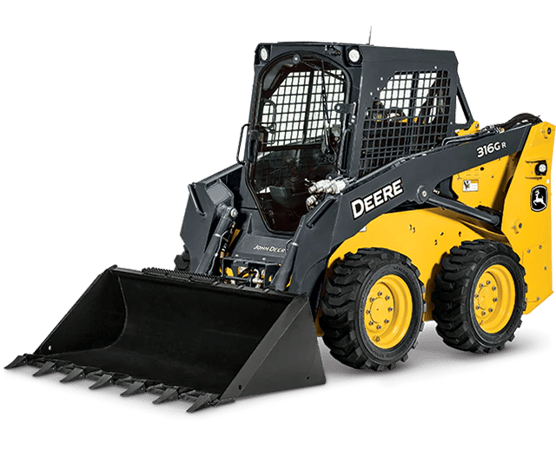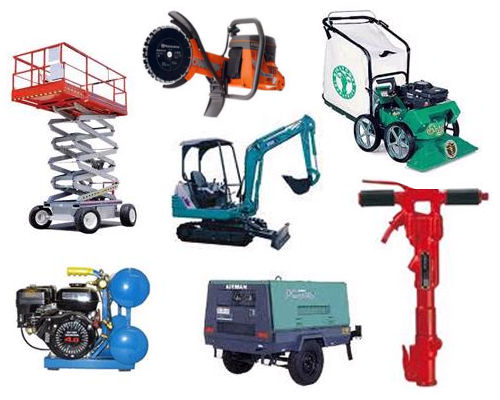Equipment Rental Company: Your Resource for All Kinds Of Equipment
Equipment Rental Company: Your Resource for All Kinds Of Equipment
Blog Article
Maximize Your Spending Plan by Comprehending the Expenses Related To Building And Construction Equipment Services
Comprehending the complete range of costs linked with building and construction devices services is critical for optimizing your budget plan. What methods can be used to successfully manage these prices and ensure a more reliable rental experience?
Summary of Rental Costs
When taking into consideration construction equipment services, understanding the linked prices is critical for effective budgeting and job planning. Rental expenses can vary substantially based on a number of variables, including devices type, duration of leasing, and place. The first rental fee usually reflects the devices's market demand and its associated operational abilities, influencing the total expense.
In addition to the base rental price, ancillary costs may emerge, such as transport charges, fuel surcharges, and upkeep charges. It is vital to make up these extra costs to accurately examine the overall expense of renting out equipment. Additionally, the rental duration can impact rates; longer services may qualify for reduced rates, while temporary rentals may incur greater everyday costs.

Failure of Rental Prices
A detailed understanding of rental rates is vital for specialists and task supervisors aiming to optimize their budgets. Rental prices for building equipment typically include numerous elements, including base prices, time-based charges, and use costs.
Base rates are the core charges linked with the leasing of the equipment, typically identified by the type and dimension of the machinery. These prices can vary considerably, influenced by factors such as tools demand, schedule, and regional market trends. Time-based fees, which may be daily, weekly, or monthly, offer to fit various job timelines and rental durations.
Additionally, rental prices may consist of usage costs, which apply when tools is used past a specified limit, guaranteeing that the rental company can make up deterioration. Seasonal need fluctuations can additionally impact rental rates, with peak building seasons commonly commanding greater prices.
Additionally, recognizing the rental firm's policies pertaining to maintenance and insurance policy can offer more insight into the total cost structure. By assessing these components, specialists can make informed decisions, making sure the selection of rental equipment lines up with both task demands and budget plan restraints.
Extra Charges to Think About
Understanding the intricacies of additional fees is important for service providers to manage their general leasing costs successfully. Past the common rental prices, various extra costs can substantially influence the overall expense of tools leasing. These costs usually consist of distribution and pick-up fees, which can differ based upon range and logistics associated with delivering the devices to and from the task website.
Moreover, some rental companies might enforce fuel surcharges if the tools is returned with much less gas than when leased. It is likewise necessary to recognize possible cleansing costs, especially for specialized equipment that calls for detailed maintenance after usage.

Completely reviewing the rental arrangement and clarifying these added fees in advance can help service providers guarantee and avoid unforeseen costs that budget plans remain undamaged throughout the project lifecycle.
Repair And Maintenance Expenses
Routine upkeep and repair work expenditures are commonly neglected factors that can substantially influence the general price of construction devices services. When renting devices, it is crucial to think about not just the rental costs but likewise the potential costs related to maintaining the machinery in optimal operating condition.
Several rental companies include fundamental upkeep as component of the rental agreement; nonetheless, more substantial fixings or unexpected break downs can result in extra costs. It's important to review the rental contract meticulously to comprehend what maintenance services are covered and what responsibilities fall on the renter.
Additionally, tools that is not well-kept can lead to inefficiencies on duty site, potentially causing delays and enhancing job expenses. To reduce these dangers, it is recommended to conduct routine assessments and preserve open communication with the rental supplier relating to any type of concerns that emerge throughout usage.
Insurance Policy and Obligation Expenses
Insurance and responsibility prices are crucial parts that can dramatically affect the overall expenditure of building and construction tools leasings (aerial lift rental). These prices guarantee that both the rental company and the customer are shielded from prospective financial losses developing from mishaps, damages, or theft during the rental duration

Furthermore, customers should recognize any deductibles or exemptions in the insurance coverage policy, as these can impact possible out-of-pocket expenses. Recognizing the terms of any type of insurance policy coverage is important to stay clear of unexpected expenses. Inevitably, budgeting for insurance and obligation expenditures can help guarantee a smoother rental experience and secure versus economic risks related to building and construction jobs.
Verdict
In conclusion, a thorough understanding of the prices connected with construction equipment services is important for efficient budget monitoring. Eventually, notified decision-making regarding tools leasings contributes to the overall success of building and construction ventures.
Rental costs can differ substantially based on several elements, including tools kind, duration of service, and location (forklift rental). The rental period can affect prices; longer services may certify for reduced prices, while short-term services could incur greater day-to-day fees
By performing comprehensive study and engaging with reliable rental firms, professionals can properly navigate the complexities of rental prices, ultimately maximizing their economic resources.
Beyond the typical rental rates, various extra metal excavator charges can considerably influence the total expense of tools rental. Rental business often supply responsibility insurance that covers injuries to third events or damages to building, while tools damage insurance coverage can cover the price of repair services anchor or replacement if the rented out tools is harmed.
Report this page